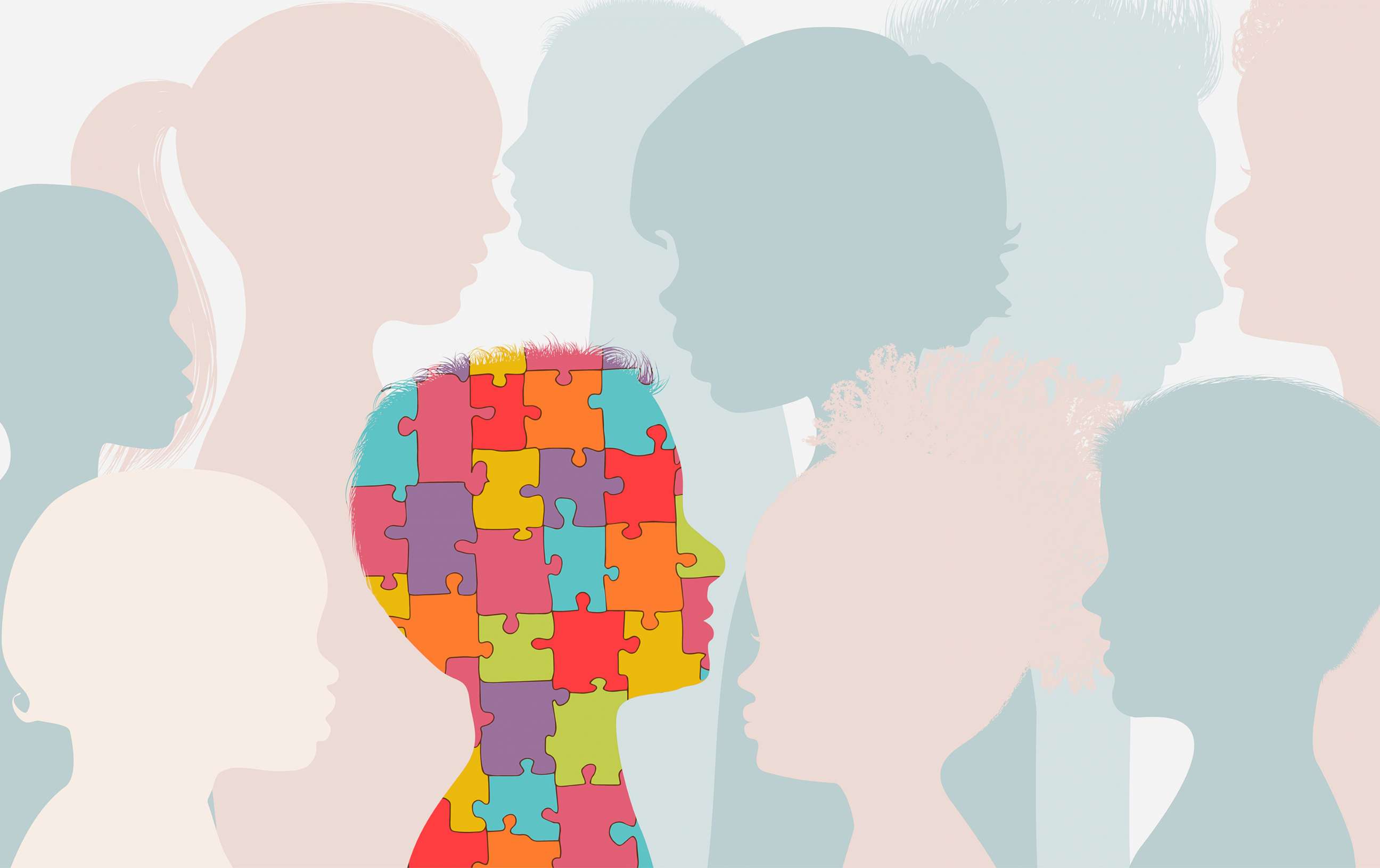Browsing Social Challenges: Tips for Individuals Dealing With Autism
Browsing Social Challenges: Tips for Individuals Dealing With Autism
Blog Article
Exploring Autism: Strategies for Effective Communication and Interaction
Efficient interaction and communication with people on the autism range demand a comprehensive understanding of their distinct requirements and preferences. Techniques such as using clear language, utilizing visual assistances, and fostering constant routines can dramatically improve involvement and decrease anxiousness. Acknowledging the value of non-verbal hints and shared rate of interests leads the method for significant connections. Nevertheless, the ins and outs of these techniques disclose more considerations that warrant expedition, specifically in just how they can be adjusted to varied contexts and individual experiences. What might these adjustments appear like in practice?
Understanding Autism Range Problem
Autism Range Condition (ASD) encompasses a variety of neurodevelopmental conditions characterized by challenges in social communication, communication, and repeated behaviors. The term "spectrum" mirrors the diverse indications and varying degrees of intensity experienced by individuals with ASD. While some might display significant disabilities, others may display high-functioning traits, permitting greater freedom in day-to-day live.
The beginning of ASD usually occurs in very early childhood, with indicators commonly recognizable by age 2. Early indications might consist of postponed speech advancement, minimal eye get in touch with, and difficulties in comprehending social signs. Although the specific etiology of ASD remains uncertain, research study suggests a combination of hereditary and environmental variables plays an essential role in its growth.
Individuals with ASD frequently have unique toughness, such as enhanced attention to information and outstanding memory abilities. They might battle with comprehending abstract ideas and handling changes to regular - autism. Consequently, treatments and support tailored to specific demands are crucial for cultivating communication and social skills. Identifying the intricacy of ASD is crucial for promoting awareness, approval, and reliable methods that help with meaningful interactions with people on the range.

Relevance of Clear Interaction
Reliable communication is crucial for fostering understanding and connection, specifically for individuals with Autism Range Disorder (ASD) Clear interaction not only promotes social communications however likewise enhances the person's capability to express their requirements, thoughts, and emotions. For individuals with ASD, the nuances of language can often be testing; consequently, utilizing distinct and straightforward language is essential.
In addition, clear interaction helps in reducing stress and stress and anxiety that may arise from misunderstandings. When messages are shared in a direct and consistent manner, individuals with ASD are better furnished to interpret information properly, which can substantially enhance their social interaction and engagement in different setups.
Establishing regimens and making use of visual assistances can further boost clear interaction. These techniques give individuals with predictable structures that aid comprehension and retention of details. Additionally, actively paying attention and being patient during communications advertises a supportive atmosphere where people with ASD really feel valued and understood.
Eventually, focusing on clear interaction not only empowers individuals with ASD however additionally fosters more significant links with their peers, caretakers, and the wider neighborhood, leading the way for collective partnerships and comprehensive communications. - autism
Non-Verbal Interaction Techniques
Communication prolongs past words, and for individuals with Autism Spectrum Problem (ASD), non-verbal signs play a significant function in communications. Non-verbal interaction techniques can include faces, gestures, body movement, and eye call, all of which work as important elements for sharing feelings and intents.
Recognizing and interpreting these non-verbal signals can boost interactions with people with ASD. For circumstances, a cozy smile or open stance can produce an inviting atmosphere, encouraging engagement. Utilizing visual help-- such as image cards or signs-- can link communication voids and help convey messages much more effectively.
It is additionally important to be mindful of individual room, as individuals with ASD might have various comfort degrees regarding closeness. Observing their reactions to physical distance can notify suitable changes.

Developing Helpful Environments
Creating an encouraging setting is crucial for cultivating favorable interactions and enhancing the health of individuals with Autism Spectrum Problem (ASD) Such atmospheres can considerably reduce anxiousness and produce a sense of safety and security, enabling individuals to express themselves extra easily.
To achieve this, it is vital to think about sensory sensitivities that people with ASD may experience. Customizing the physical space to consist of soft lighting, marginal background sound, and comfortable seats can create a soothing atmosphere. Furthermore, using constant routines and clear aesthetic schedules can assist people expect changes and decrease unpredictability, additional advertising convenience.
Social spaces must be structured to decrease overwhelming stimulations while offering possibilities for interaction in recommended activities. Assisting in areas assigned for silent time can also work as a refuge during minutes of stress. Significantly, including aspects of selection empowers individuals, allowing them to exercise agency in their setting.

Encouraging Social Communications
Promoting social interactions among individuals with Autism Range Condition (ASD) requires willful techniques that focus on comfort and involvement. Establishing foreseeable regimens can assist lower stress and anxiety, making social setups extra approachable. Producing organized environments with specified duties and roles enables people to involve without the overwhelming pressure of disorganized social dynamics.
Incorporating rate of interests and toughness into social activities can function as a stimulant for this content interaction. Organizing group activities around shared leisure activities or subjects of fascination can help with natural discussions and links. In addition, utilizing visual supports, such as pictorial schedules or social scripts, can aid in comprehending social hints and assumptions.
Designing suitable social habits is essential - autism. Adults and peers must show reliable communication strategies, including active listening and turn-taking. Role-playing circumstances can additionally provide a safe space for individuals to exercise these abilities
Last but not least, fostering peer relationships through inclusive practices is vital. Motivating inclusive playdates or group outings can create opportunities for socialization in a comfy setup. By applying these techniques, teachers and caregivers can significantly enhance social communications for individuals with ASD, promoting their total social growth and wellness.
Final Thought
In conclusion, efficient interaction and interaction techniques are essential for supporting people with Autism Spectrum Condition. Inevitably, these techniques encourage individuals with autism to navigate social landscapes, advertising their total reference well-being and making it possible for the development of long lasting partnerships.
Effective communication and communication with people on the autism range necessitate a thorough understanding of their unique requirements and choices. Clear communication not only promotes social interactions however additionally enhances the individual's ability to express their thoughts, emotions, and needs.Cultivating social communications amongst people with Autism Range Problem (ASD) calls for deliberate methods that focus on convenience and involvement. By applying these educators, strategies and caregivers can considerably improve social interactions for people with ASD, advertising their general social advancement and wellness.
In final thought, effective communication and interaction strategies are important for supporting individuals with Autism Range Problem.
Report this page